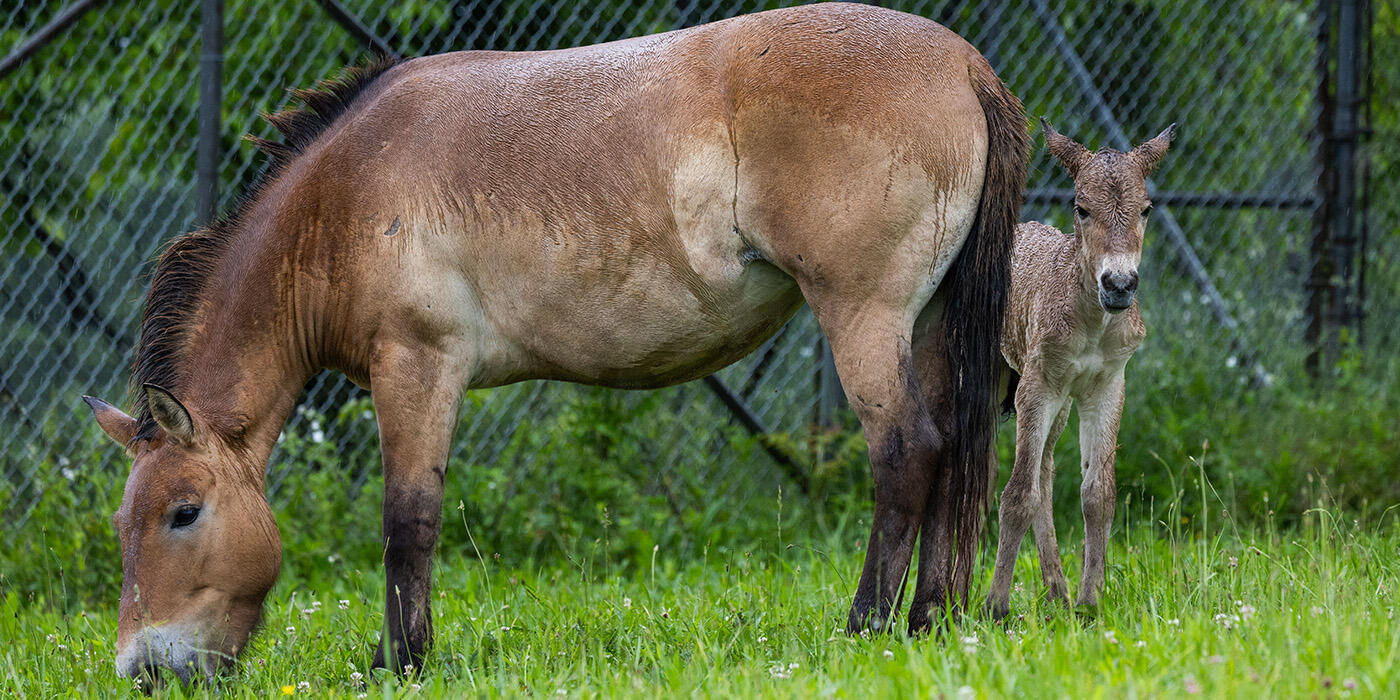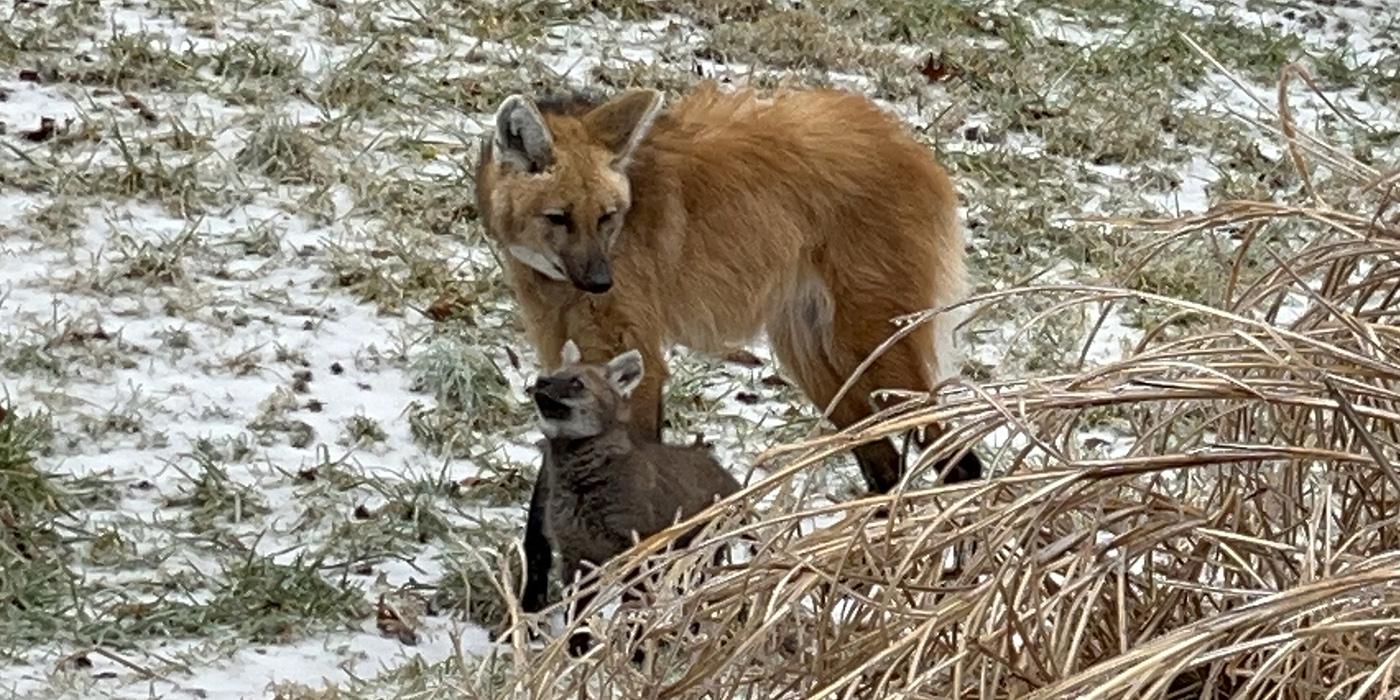Checking In on the Foals: New Arrivals at the Smithsonian Conservation Biology Institute
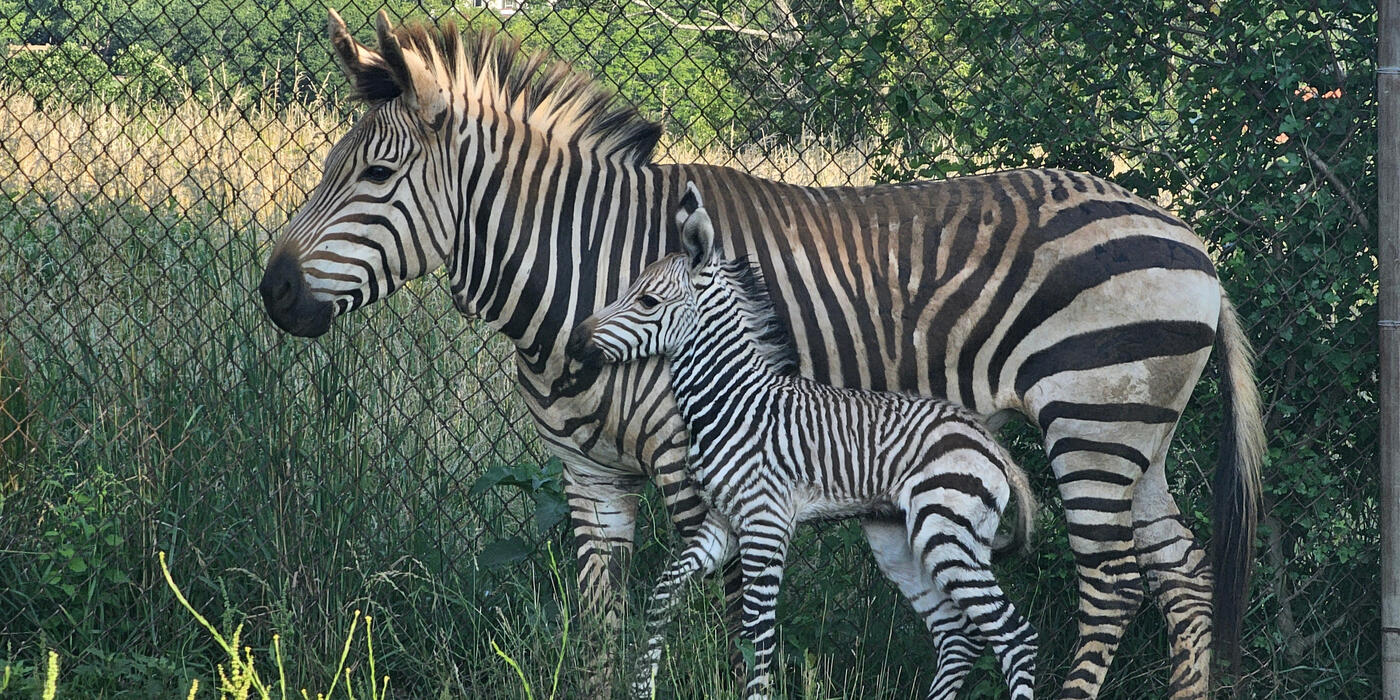
This post was written by Tara Buk, ungulates keeper.
Few things compare to the excitement of a new foal’s arrival — unless it’s welcoming four. Behind the scenes this year at the Smithsonian’s National Zoo and Conservation Biology Institute, our animal care teams celebrated the birth of four new babies from three imperiled species: a Hartmann’s mountain zebra, a Przewalski’s horse, and two Persian onagers.
Although the foals will not be on exhibit at the Zoo (they’re part of our off-exhibit breeding program in Front Royal, Virginia), their stories provide us with hope for the future of wild equids and a deeper understanding of how we can provide the best possible care for rare and sensitive animals.
A Steady Start for Our Newest Mountain Zebra
On June 26, the team welcomed a healthy female Hartmann’s mountain zebra foal (she does not have a name yet) to mother Xolani, age 12, and father Rogan, age 10. The young foal weighed about 55 pounds at birth and was able to stand and walk around within minutes.
Most people associate zebras with African grasslands and savannahs. But Hartmann’s mountain zebras are built for the rocky, dry terrain of southwestern Africa’s Namib Desert. We’ve found they bring that same independence and grit into their lives under human care.
The foal’s mother, Xolani, has always been a steady, watchful presence among our herd, and she brings that same care to raising her foal. She’s been protective without being overly defensive, giving her foal the space to explore while stepping in when needed. Hartmann’s zebras don’t form tight herds like other hoofed species. Instead, they prefer space — both from each other and from us. To us, that makes moments of connection between mother and baby feel especially meaningful.
At just two weeks old, the foal already has a big personality. She’s confident and curious, quick to test her legs in the pasture, and we’ve even seen her mimicking her father Rogan’s playful habit of hopping with all four feet off the ground.
The young foal’s birth is a bright spot in a journey that also includes heartbreak. Earlier this year, 12-year-old female Mackenzie delivered a stillborn foal — a difficult but important reminder of how fragile life can be, especially for a species struggling to thrive in the wild.
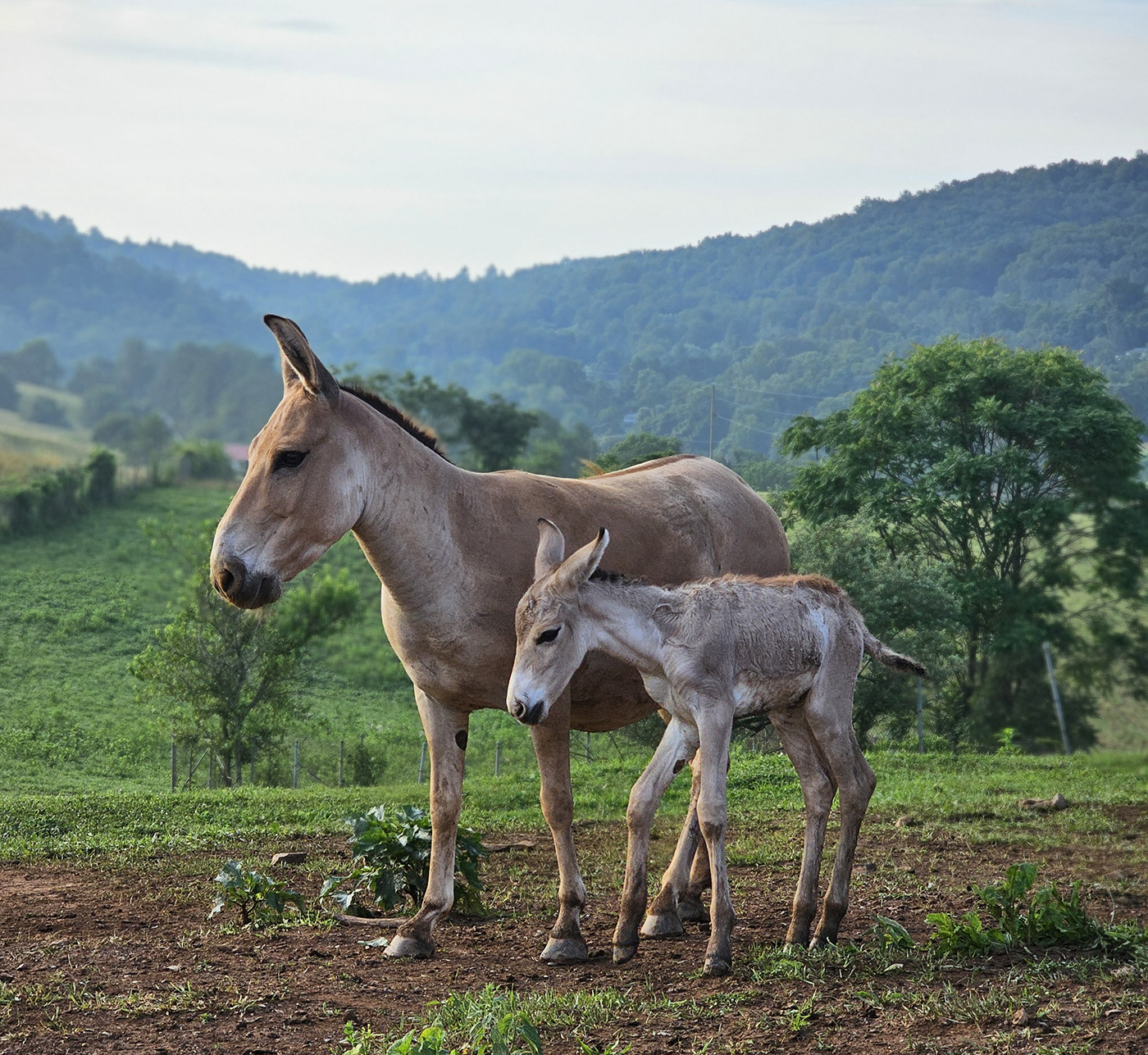
Persian onager mare Farah and her one-day-old colt. Persian onagers are among the most threatened large mammals, facing shrinking habitats and competition with livestock in their native range. (Smithsonian/Tara Buk)
The Next Generation of Persian Onagers
On June 29 and July 6, two Persian onager mares, Farah and Sayeh, welcomed not-yet-named male foals, or colts, of their own. If you haven’t heard of Persian onagers, they resemble slim, tan-colored wild horses. They’re also among the most endangered animals on Earth — only about 600 remain in the wild.
Persian onagers are famous for their independence and tenacity, and from the moment a foal stands on wobbly legs, you can already see that spark of independence.
Farah, age 10, is known for her assertive, no-nonsense approach to herd life, and has taken to motherhood with the same confidence. The mare keeps her colt close and actively manages interactions with other herd members to ensure he learns the rhythms of herd life safely.
Meanwhile, Sayeh, age 13, shows a determined and driven style of mothering. Shortly after birth, she was quick to encourage her colt to stand, using nudges to keep him by her side. Once he was up on his wobbly legs, she allowed him to rest and nurse while keeping a careful watch on the herd.
Our keeper team is well-acquainted with each onager’s personality and habits. We’ve watched them grow and learned their quirks through training — usually powered by their favorite treat, cinnamon biscuits. Now we’re watching them raise the next generation, and that has been a meaningful and profound experience.
Continuing a Conservation Legacy: A Baby Przewalski’s Horse
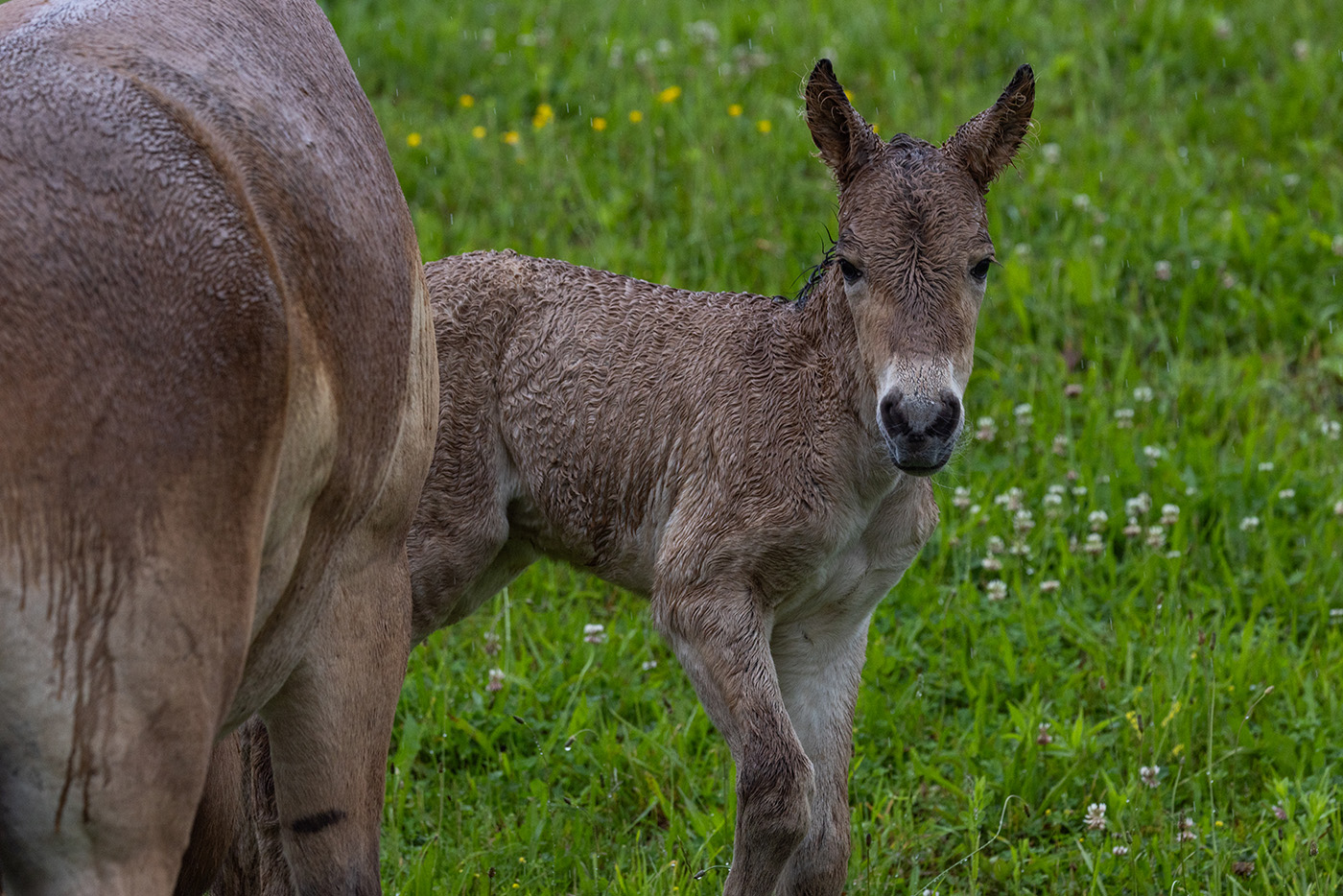
The new Przewalski’s horse foal at five days old. (Smithsonian/Roshan Patel)
The Przewalski’s horse, also known as a takhi or Mongolian wild horse, is the last truly wild horse species left on Earth. Once extinct in the wild, they’ve been reintroduced to their native habitat of central Asia thanks to global protection efforts led in part by accredited zoos and conservation facilities like ours.
On May 23, we welcomed another Przewalski’s foal to our breeding herd. The yet-to-be-named colt was born to 7-year-old Waneta, who has been a watchful and attentive first-time mother. In the wild, these horses live in harem groups centered around one stallion, several mares, and their offspring. At our campus, we care for several stallions who sometimes join the female herds based on our recommended breeding plans: this colt’s father is 16-year-old Agi, who was born at San Diego Zoo Safari Park.
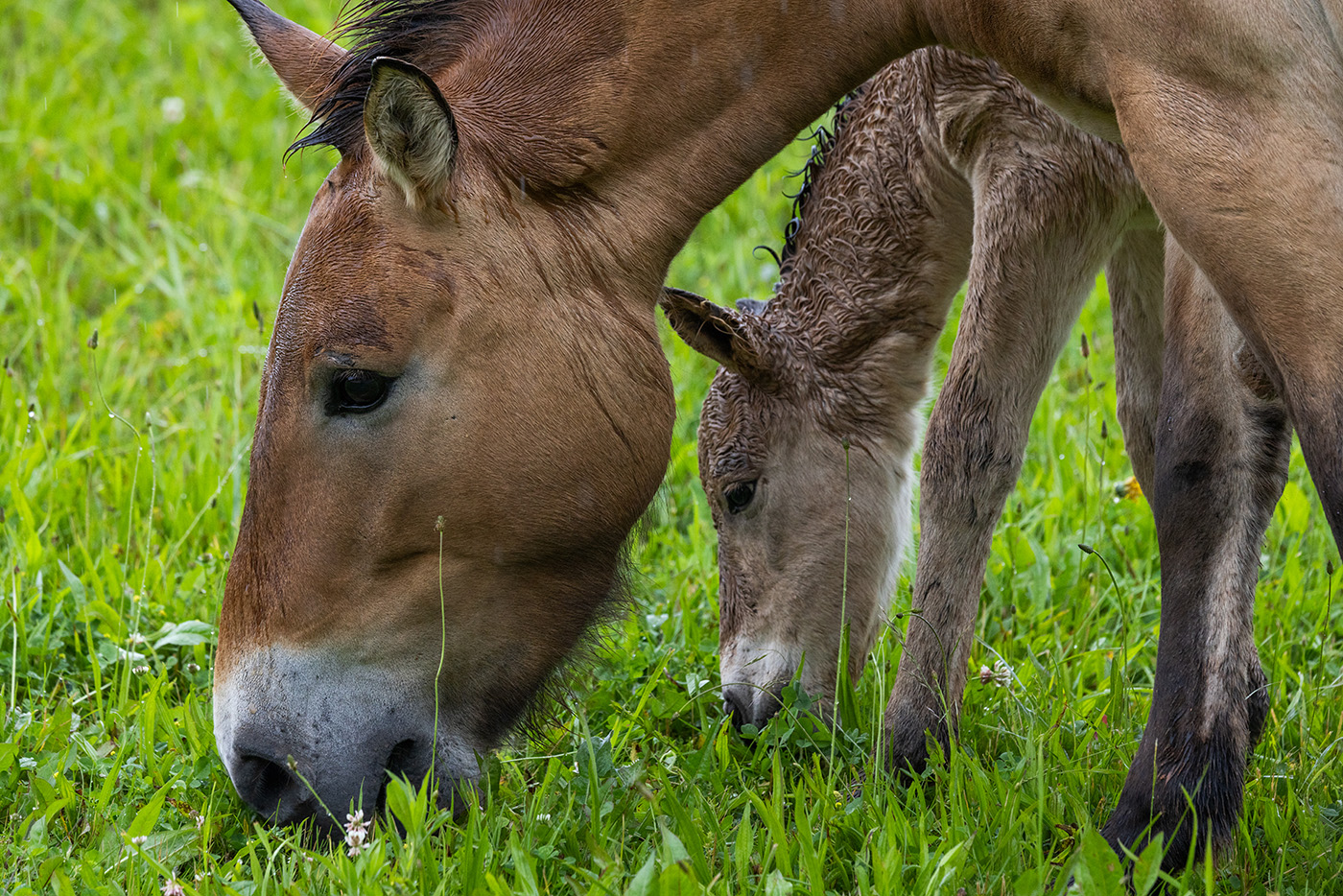
Przewalski’s horse Waneta and her young foal at five days old. (Smithsonian/Roshan Patel)
At nearly two months old, the colt has become very comfortable with his mother and his “aunts,” mares Anne, Winnie, and Willa. The colt is active and busy wreaking havoc, pestering his aunts and mother incessantly.
We did experience a concerning incident involving Waneta, and an elderly female named Emma... a few hours after the foal was born, Emma tried to exclude Waneta from parenting and raise it herself! You can read all about it here.
Przewalski’s horses represent a conservation success story that the Smithsonian Institution is proud to be committed to. But with only about 400 individuals roaming the dusty steppes of central Asia, there is still plenty of work to do to restore this species to its original habitat.
Behind the Scenes: How We Care for Expectant Mothers
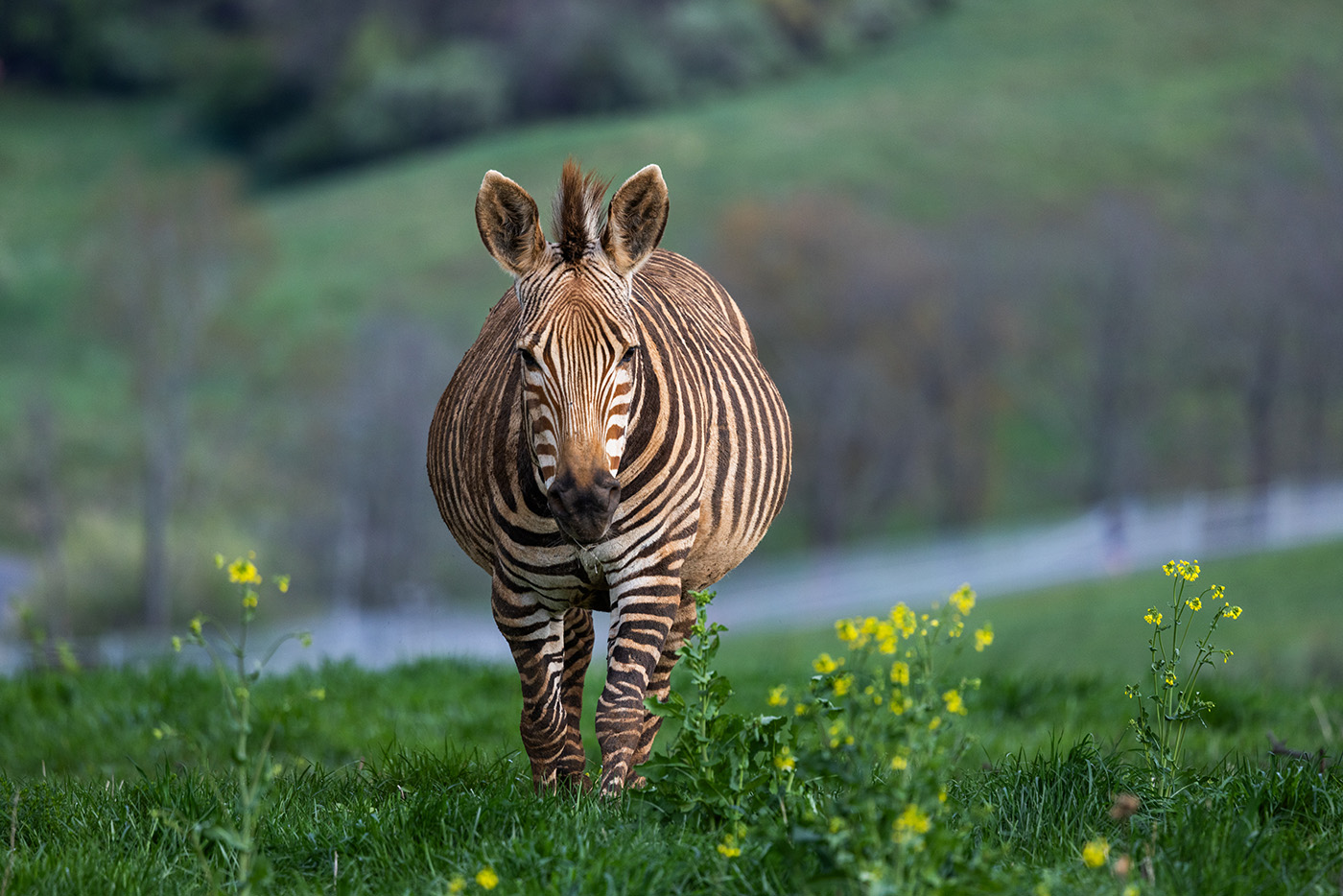
Mackenzie, a pregnant Hartmann's mountain zebra, seen in her pasture at the Smithsonian's Conservation Biology Institute in Virginia. (Smithsonian/Roshan Patel)
From the outside, a birth might seem like a single, one-off moment. But for our keepers and veterinary staff, it’s the result of months of preparation and planning. We track pregnancies closely, monitor behavior, and adjust routines to help expectant females stay comfortable and secure.
Because these animals are still very much wild in behavior, even small changes can carry big meaning. Our team is trained to recognize and respond to those signs, stepping in only when necessary.
Take Xolani, for example. Hartmann’s mountain zebras are naturally cautious and value their personal space, so earning their trust is key to supporting their health. We worked with Xolani to participate in positive-reinforcement training throughout her pregnancy, including voluntary health scale sessions. This helped us monitor her condition without stress, allowing her to stay calm and confident leading up to labor. Once the foal arrived, we continued to watch from a distance to ensure key milestones — like standing, nursing, and bonding — were happening smoothly.
We also observe how the rest of the herd responds to a new arrival. For example, one of the younger zebras in the group, Niya, is experiencing her first days as an “auntie”. Her curious, enthusiastic personality is already helping shape the herd’s social dynamic.
What’s Next for the Babies?
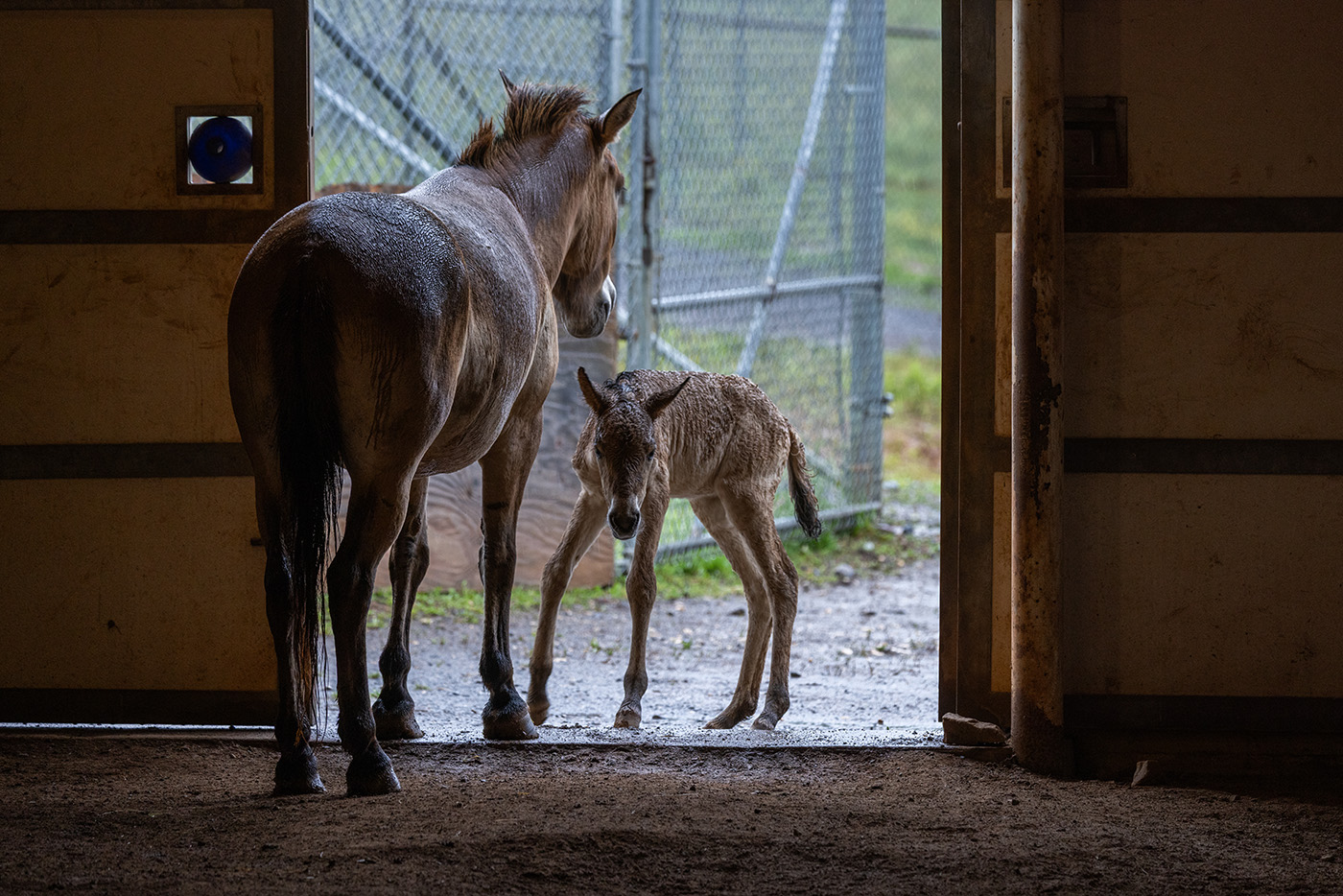
Przewalski's horse Waneta accompanies her five-day-old foal inside a barn. (Smithsonian/Roshan Patel)
Right now, the foals are learning to navigate the world around them, thanks to the safety provided by their mothers and the herd. They’ll continue to nurse for several months before gradually transitioning to a diet of grasses, hay, and browse.
Because these species are part of our conservation herds, the foals won’t be on exhibit at the Smithsonian’s National Zoo in Washington, D.C. Instead, they’ll grow up in the wide-open pastures of Front Royal, Virginia, with limited human interaction to preserve their natural instincts.
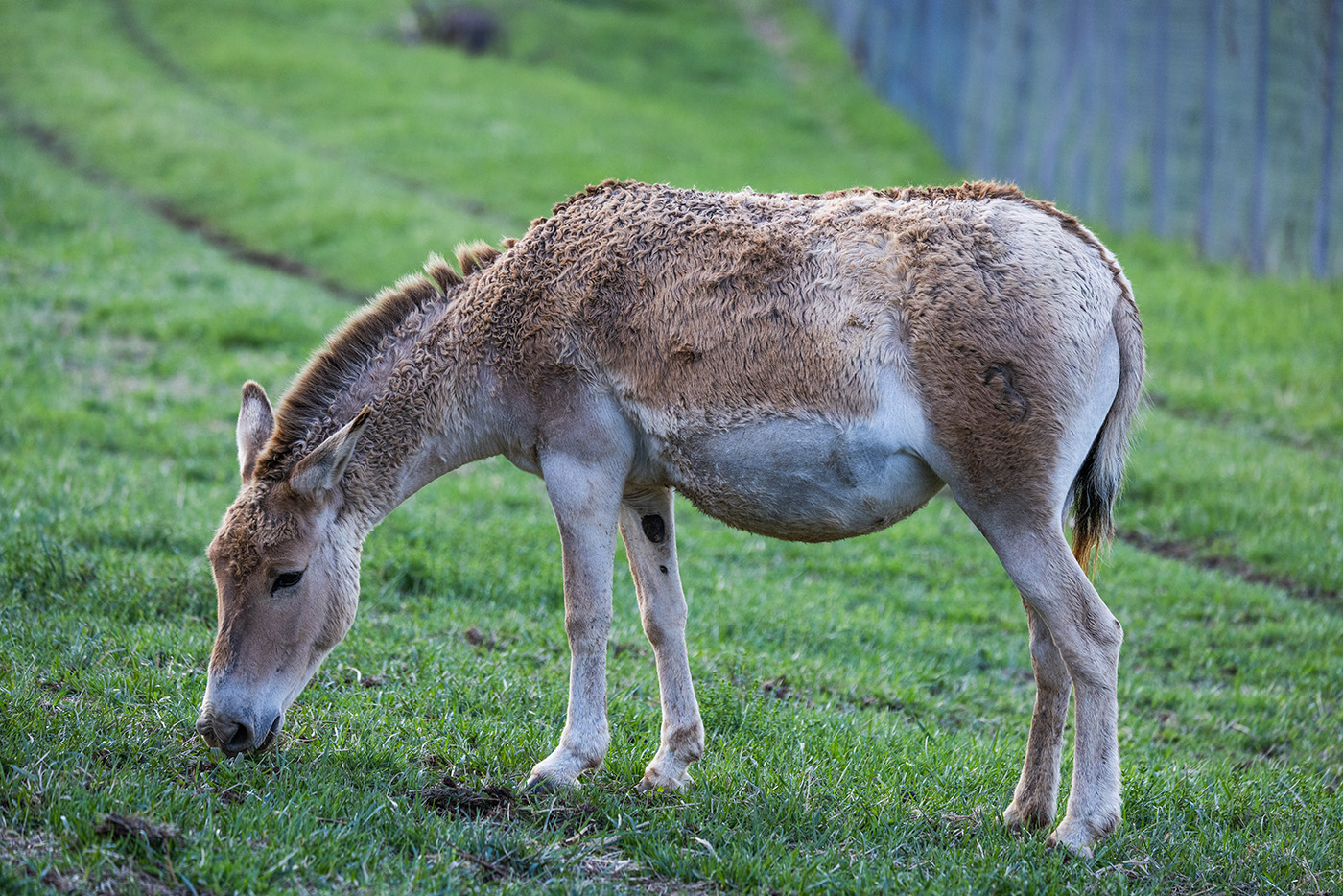
Sayeh, one of two Persian onagers to give birth this year, grazes in her pasture in Front Royal, Virginia. (Smithsonian/Roshan Patel)
Although it’s thrilling to welcome cute new arrivals, these births are also contributions to a broader conservation mission. Each foal allows us to preserve genetic diversity, better understand behavior and maternal care, and support species that remain underrepresented in both scientific literature and popular media. Every observation we make contributes to a deeper understanding of how we can support these animals in managed care and in the wild.
And as we learn from the births, we also hope to apply our findings towards the future — helping us in our collective efforts to refine husbandry techniques, contribute to breeding programs, and share lessons with researchers and conservation partners around the world.
Want more animal updates? Sign up for the National Zoo News and get updates on animal care, zoo events, and conservation delivered straight to your inbox.

